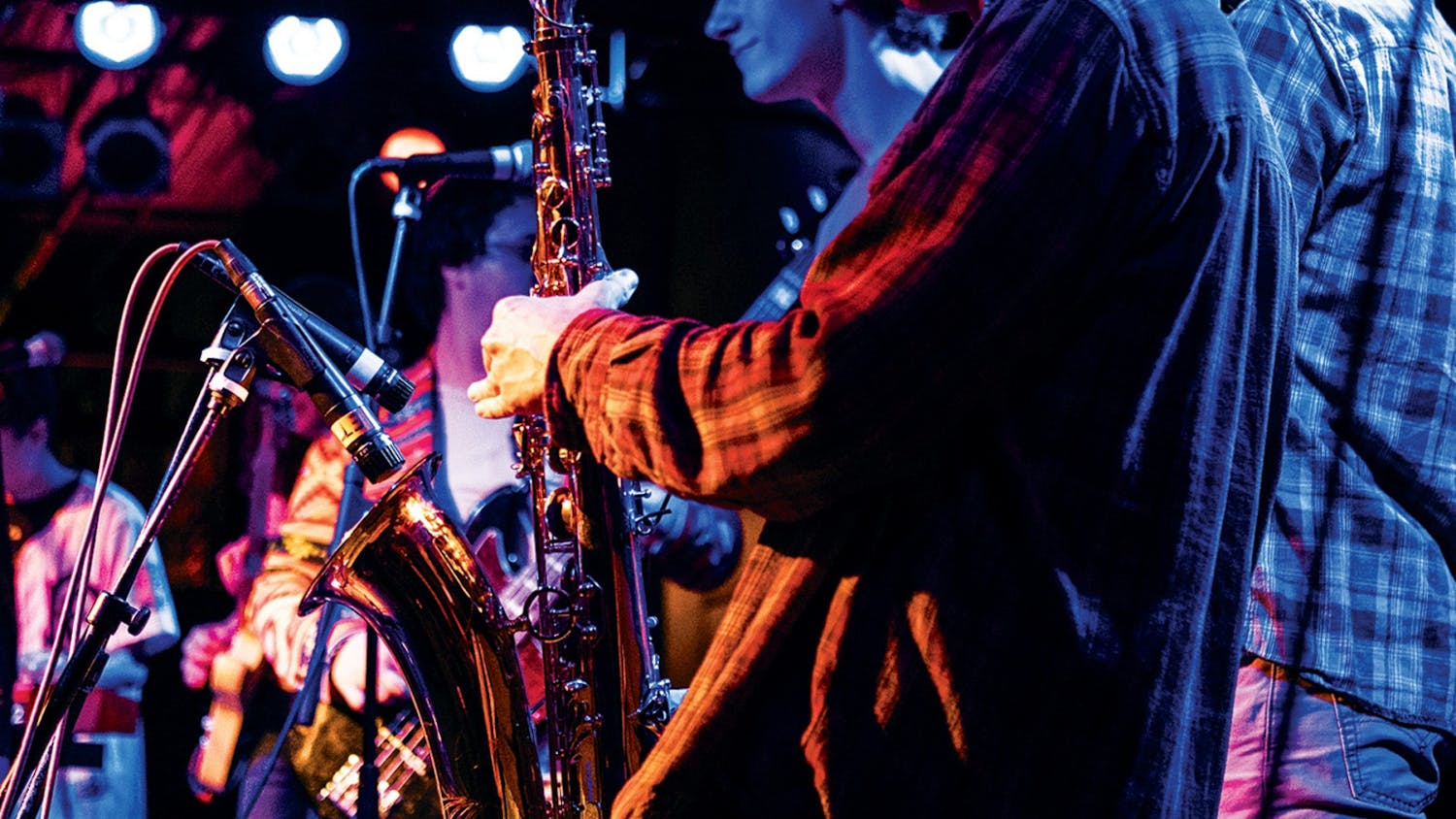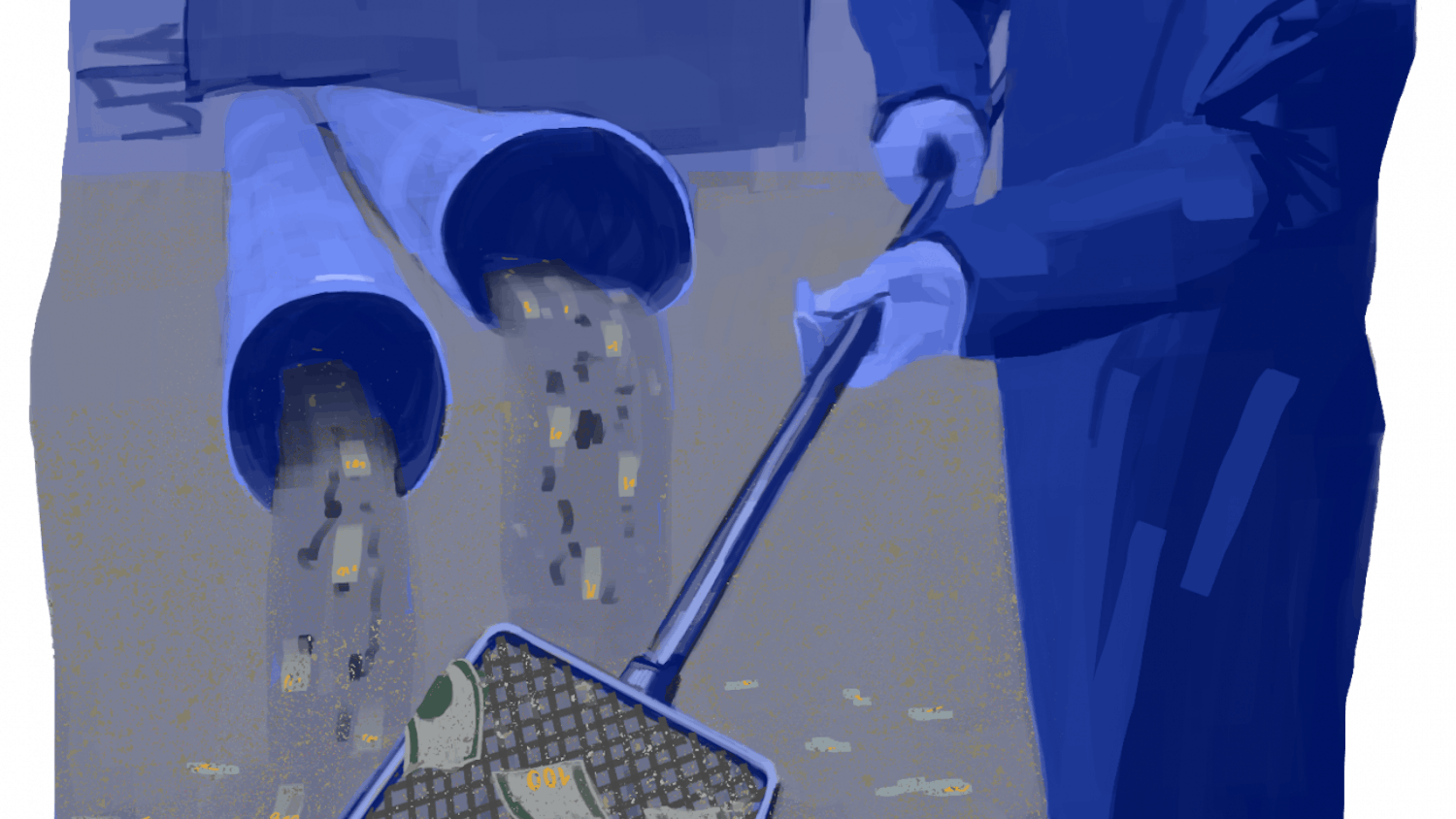In 1967, Brown was home to exactly one computer.
This mainframe machine — an IBM System/360 Model 67 — was “used by the entire campus,” said Tom Doeppner, associate professor and vice chair of the department of computer science. Forty-six years later, almost every classroom is lit with a sea of gleaming laptops, the University’s course offerings are extending globally through online platforms such as Coursera and nearly two-thirds of the student body owns a smartphone.
“The idea that someday you would walk around with a computer that’s 10,000 times more powerful than those mainframes — well, that was science fiction when I went to school,” said Andy van Dam, professor of computer science. “A smartphone was science fiction.”
What used to be considered “science fiction” is now the reality. “Computing has become a fabric of the University,” said Don Stanford, adjunct professor of computer science.
But the transition from a single computer — which Doeppner said was “housed in 180 George Street,” today’s Brown Computing Laboratory — to a campus where 97.5 percent of students polled in 2011 own a laptop and the University now tweets its news constituted a crucial step toward technology-driven learning options.
At the beginning
Computing at Brown began as a few classes offered in the Department of Applied Mathematics, Stanford said, and in 1979, van Dam established the separate Department of Computer Science.
The IBM System/360 Model 67 worked via a process known as time sharing, which involves connecting many terminals to the computer. “The computer, like a master chess player, says your turn, your turn, your turn,” van Dam said. Students would access the computer with punch cards, and computer science students who wrote programs might have as many as 700 cards to feed into a card reader, Stanford said. Students would then have to wait a couple of hours for the computer to decide when to run their program, Stanford said.
In October 1979, the department connected to email for the first time with Bell Laboratories, which “allowed the computer science department to communicate with the rest of the world,” Doeppner said.
In the late 1970s and early 1980s, IBM debuted personal computers, and Apple came out with its first Macintosh computer. Between the University’s use of the mainframe computer and the rise of personal computing was an age of mini-computers — which were much smaller and much less powerful than the “big, multi-million dollar mainframes,” van Dam said.
Paving the way
Then “we had the personal computer revolution,” Stanford said.
Van Dam said he convinced the CEO of Apollo, a company that produced personal computers, that “one of their market sectors could be higher education.” Apollo could use Brown as a showcase, “where they could show off what we were doing with their workstations,” van Dam said. Eventually, van Dam was able to obtain 40 Apollo workstations for a very steep discount, he said.
“Before Harvard, before (Massachusetts Institute of Technology), before (Carnegie Mellon University), we had a ramped auditorium with 40 Apollo workstations in it, which was hugely novel at the time, particularly their use for in-class teaching,” van Dam said. “Nobody had anything like that.”
“The idea of being in an electronic classroom came from one of my former students,” van Dam said. The original vision was for students to be able to use computers in real time during the lecture to create animations of interesting algorithms and learn on their own, he said.
In the mid-1980s, the Internet started becoming very important, Doeppner said. And in 1987 and 1988, the computer science department moved from Kassar House into the new Center for Information Technology building, Doeppner said.
Into the future
Looking forward, the landscape of computers on Brown’s campus is still changing.
“There’s a big demand for lectures to be on the Web somehow,” Doeppner said. Online platforms, such as Coursera, provide massive open online courses that allow the University to expand its offerings to people and places around the world, even to a “300-inhabitant rural area in India,” van Dam said. “As long as you have connectivity, you can do it.”
In light of “the obscene price of what it costs to go to these elite schools, there’s something exciting about sharing out the goodies,” said Arnold Weinstein, Edna and Richard Salomon distinguished professor of comparative literature, who is one of three Brown professors piloting courses online this summer through Coursera. Though preparation for his online course, “The Fiction of Relationship,” is still in progress and a few months away from launch, Weinstein said about 25,000 people have already signed up. He is currently taping his lectures and hopes to incorporate student discussions “so that we can produce a course that has something of the roundedness of a Brown course,” he said.
The era of punch cards at Brown is a thing of the past, but computers have made their way into aspects of daily life at the University beyond the classroom.
“We’re heading to the point where there are computers everywhere,” Stanford said. “You walk into a room, (a computer) turns the light on, adjusts the heat.”
Offering online course opportunities is, “in a sense, history in the making,” Weinstein said.

ADVERTISEMENT




